4 Ways to Engage with Exponent Partners at Nonprofit Dreamin’ 2023
Exponent Partners is excited to be a proud sponsor of Nonprofit Dreamin’ 2023, the premier conference for nonprofit professionals within the Salesforce ecosystem. Whether you’re a seasoned Salesforce expert or just starting your journey, this event is designed to empower and connect nonprofit professionals. We have some fantastic opportunities for you to engage with us, and here are four exciting ways to do just that:
1. Join our Nonprofit Cloud for Program & Case Management Campfire Event on October 31st
Before the main event kicks off, we invite you to our Campfire event on October 31st. This half-day gathering is all about networking and knowledge sharing. You’ll get a hands-on demo of the new Nonprofit Cloud for Programs and Case Management, followed by a fun and engaging happy hour. It’s the perfect way to start your Nonprofit Dreamin’ experience with a bang! Reserve your spot now and be part of this lively and networking-filled event.
Event Details:
Event Date: October 31st, 2023
Venue: Salesforce Tower, Chicago
Admission: Free
Hosted by: Salesforce and Exponent Partners
2. Attend Nonprofit Dreamin’
Of course, you won’t want to miss the main event on November 1-2, 2023, at 325 N. Wells Street, Chicago, IL. Nonprofit Dreamin’ is your opportunity to immerse yourself in the Salesforce ecosystem, learn from industry experts, and connect with like-minded professionals. With engaging sessions, interactive workshops, inspiring keynote speeches, and ample networking opportunities, this event promises to be a game-changer for your nonprofit work.
Event Details:
Date: 1-2 November 2023
Location: 325 N. Wells Street, Chicago, IL. 60654
Register here.
3. Catch Our Session at Nonprofit Dreamin’
Be sure to check out our session at Nonprofit Dreamin’. We’ll be presenting alongside the Chicago Benchmarking Collaborative in a session titled “Better Together: the Power of Collaboration and Data with the Chicago Benchmarking Collaborative.” Join Traci Stanley from Christopher House and Stacie Pallotta from Exponent Partners as they share their data-driven journey of collaboration in the nonprofit sector. Discover how five Chicago-based agencies leverage Salesforce for benchmarking, enhancing data management, and achieving transformative outcomes through collaboration. Gain practical takeaways and insights to create a lasting impact on your community.
Mark your calendar for November 1-2, 2023, for Nonprofit Dreamin’ 2023. We look forward to seeing you there! Whether you choose to join us at the Campfire event, attend the conference, schedule a one-on-one meeting, or catch our session, we’re excited to connect with you and help your nonprofit drive radically better impact. Together, we can make a difference in the world of nonprofit work. Don’t miss this opportunity to be part of a transformative event in the Salesforce ecosystem.
We can’t wait to see you in Chicago!
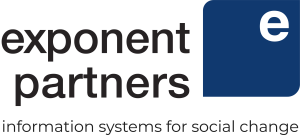
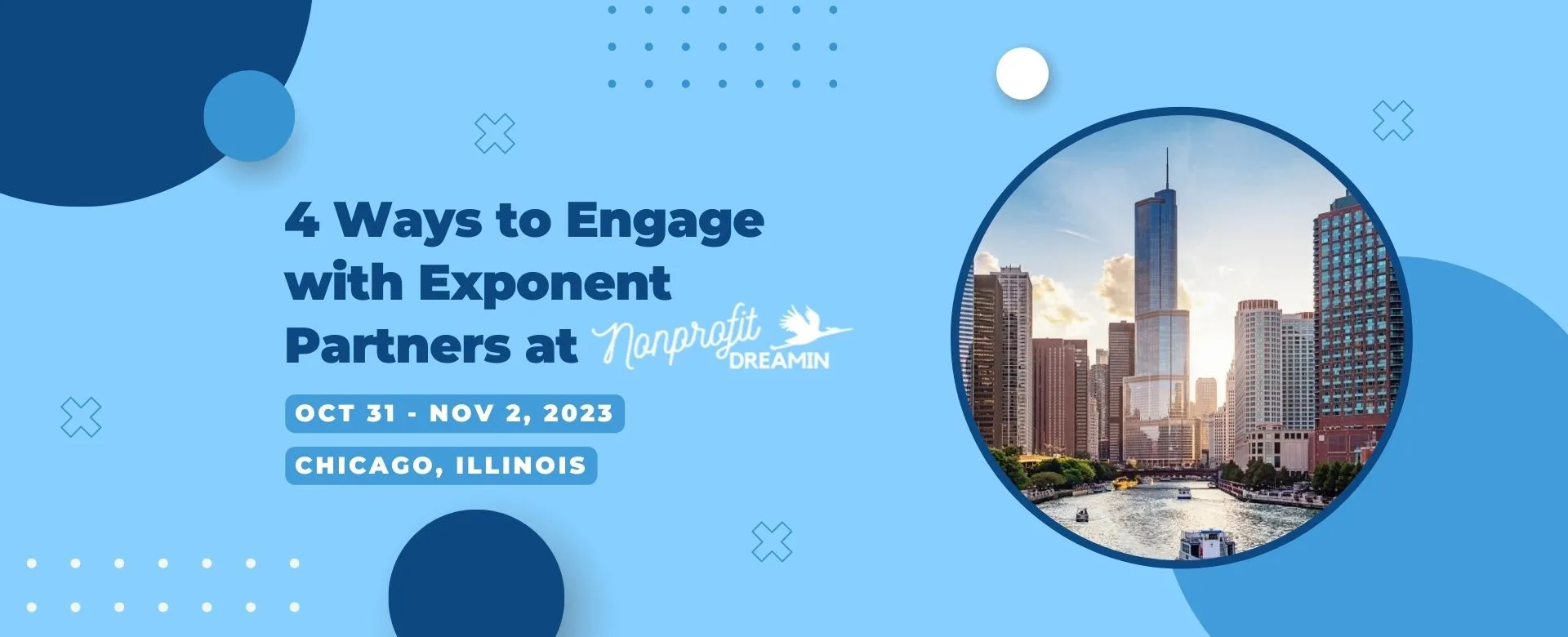
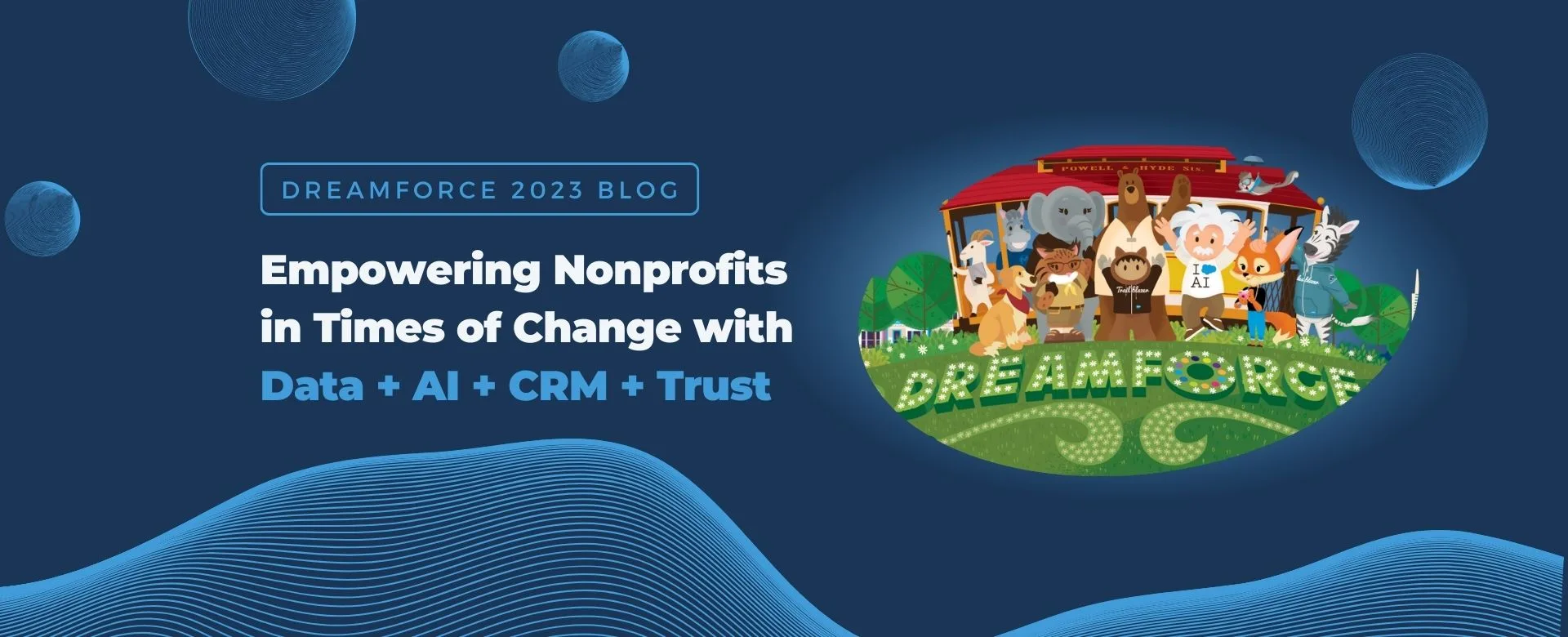
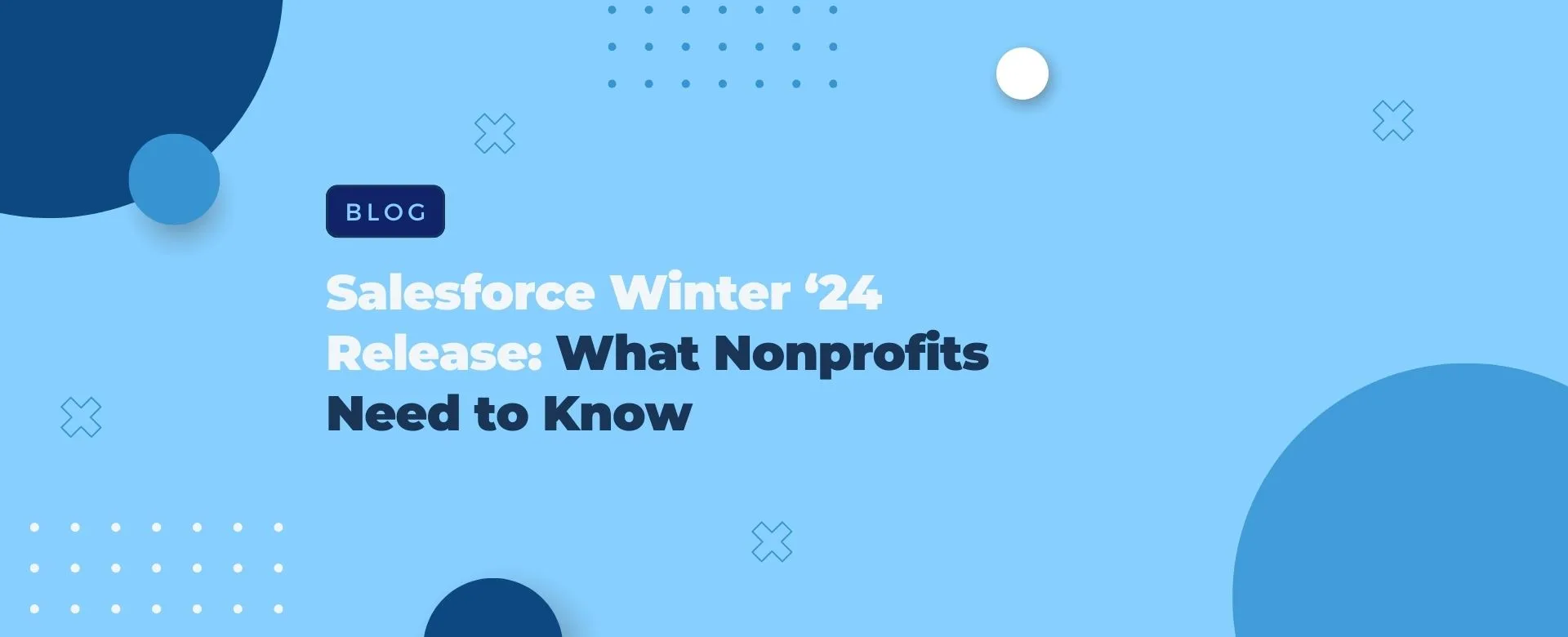
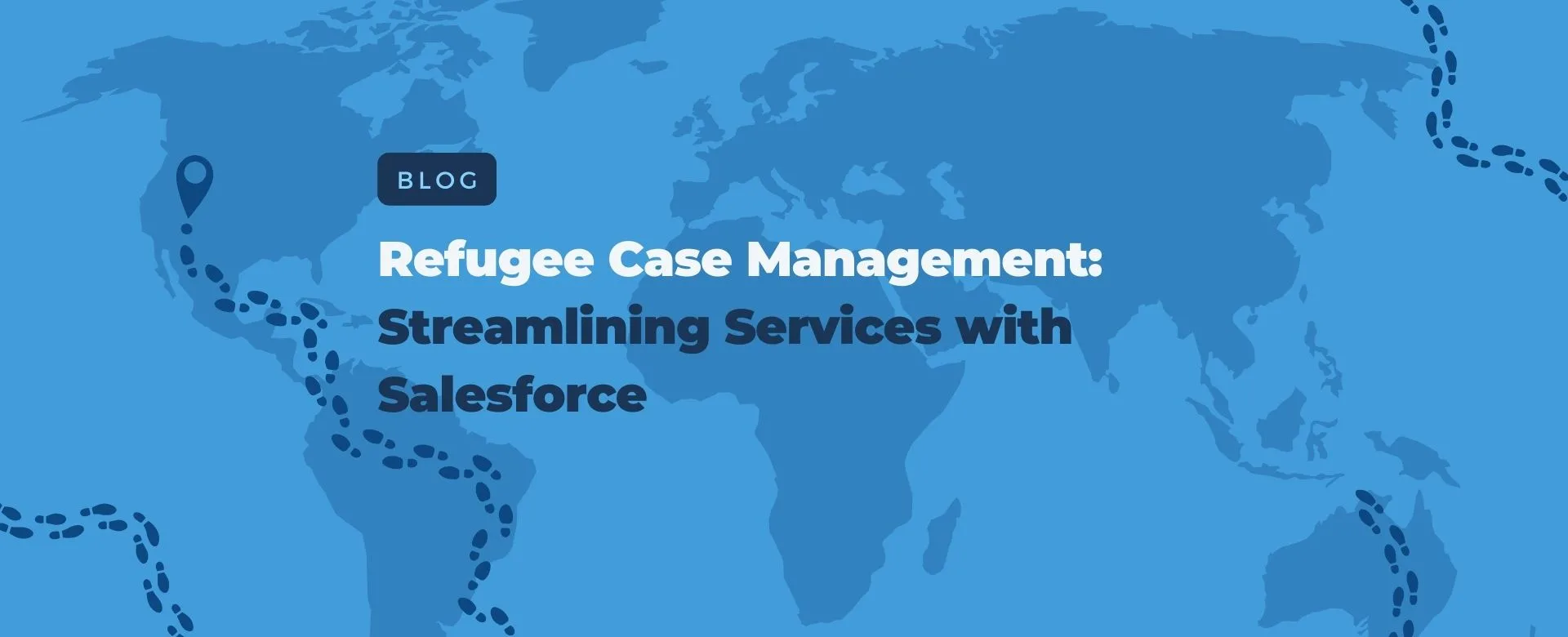
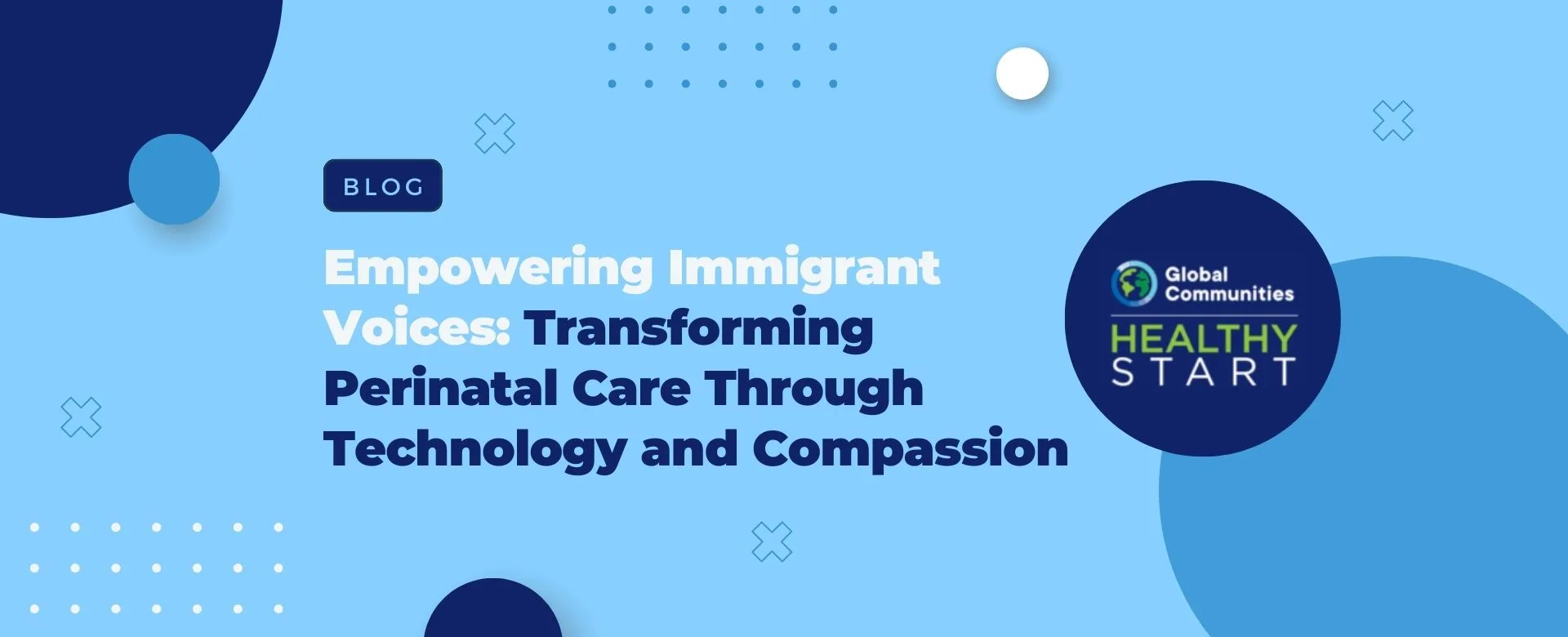
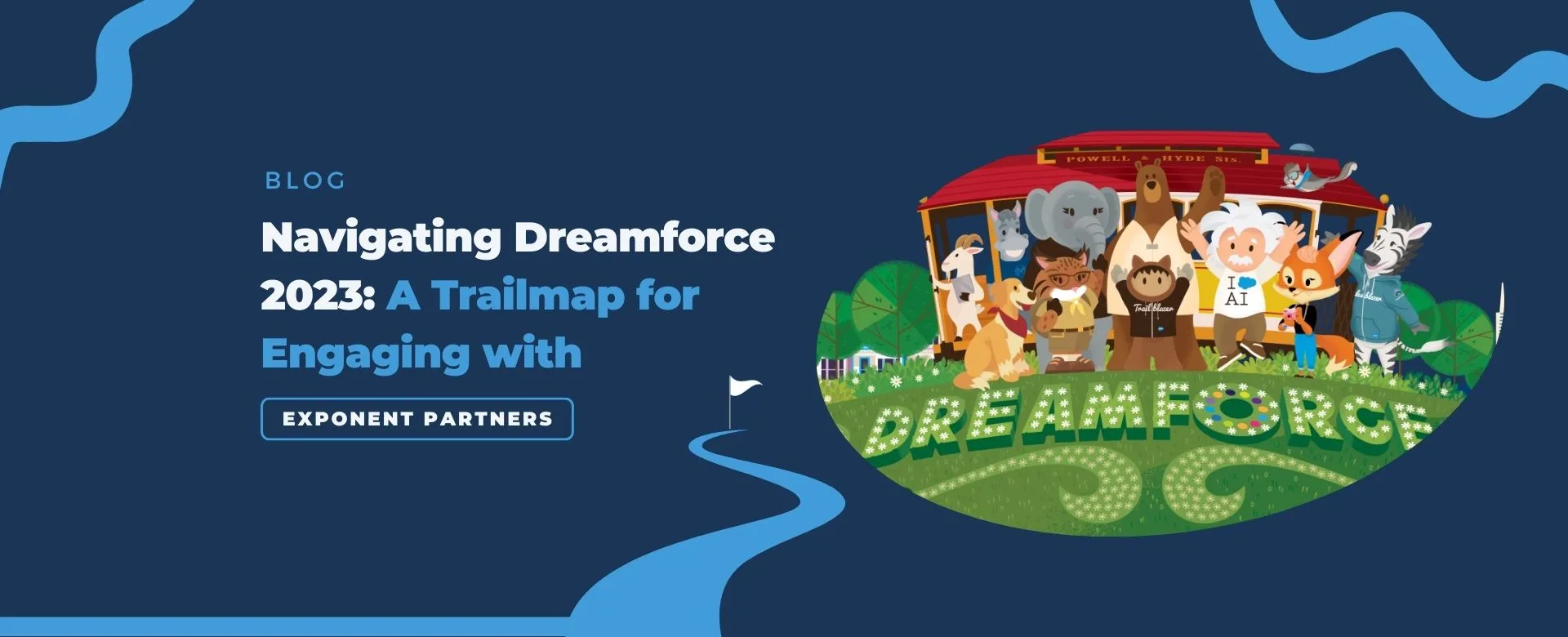
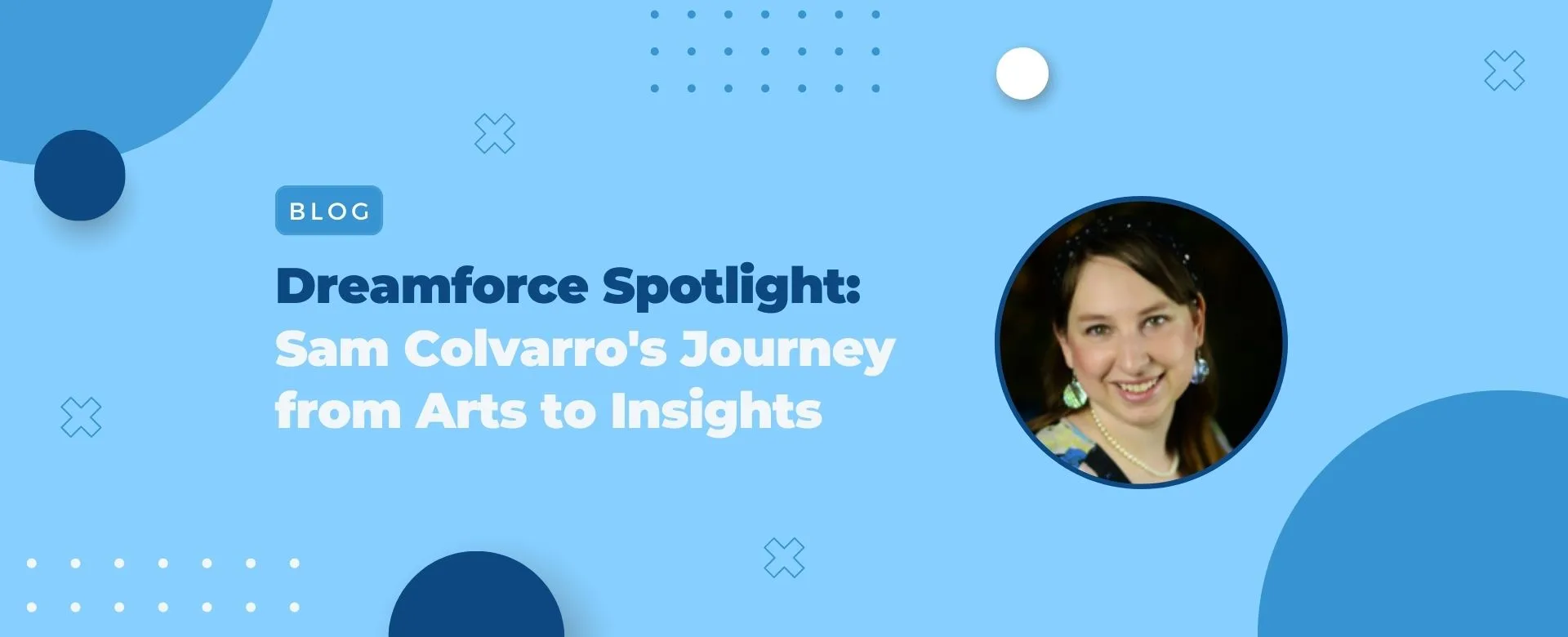
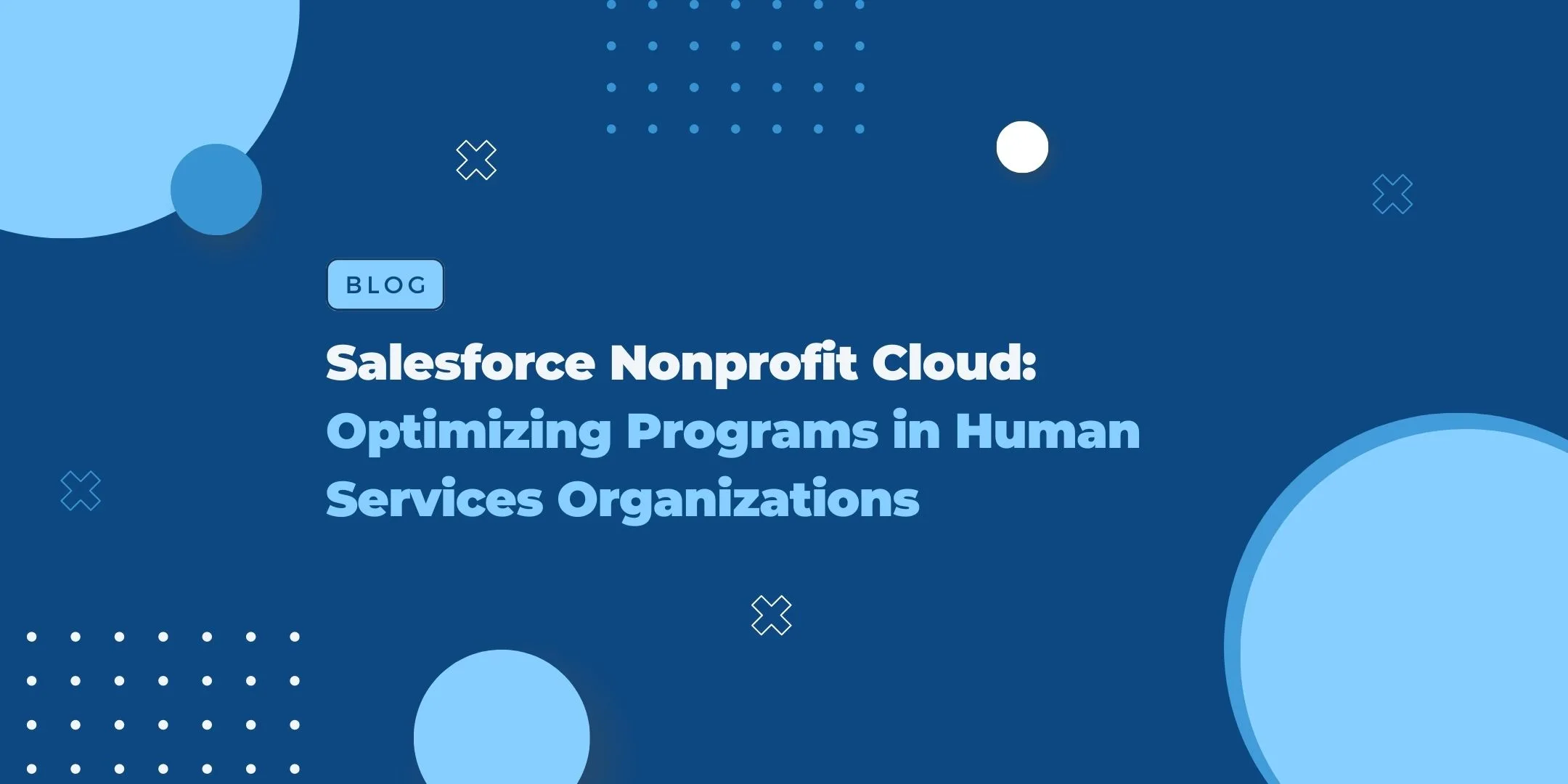
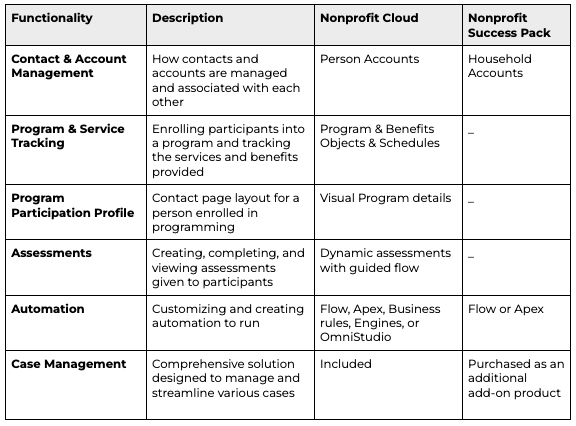
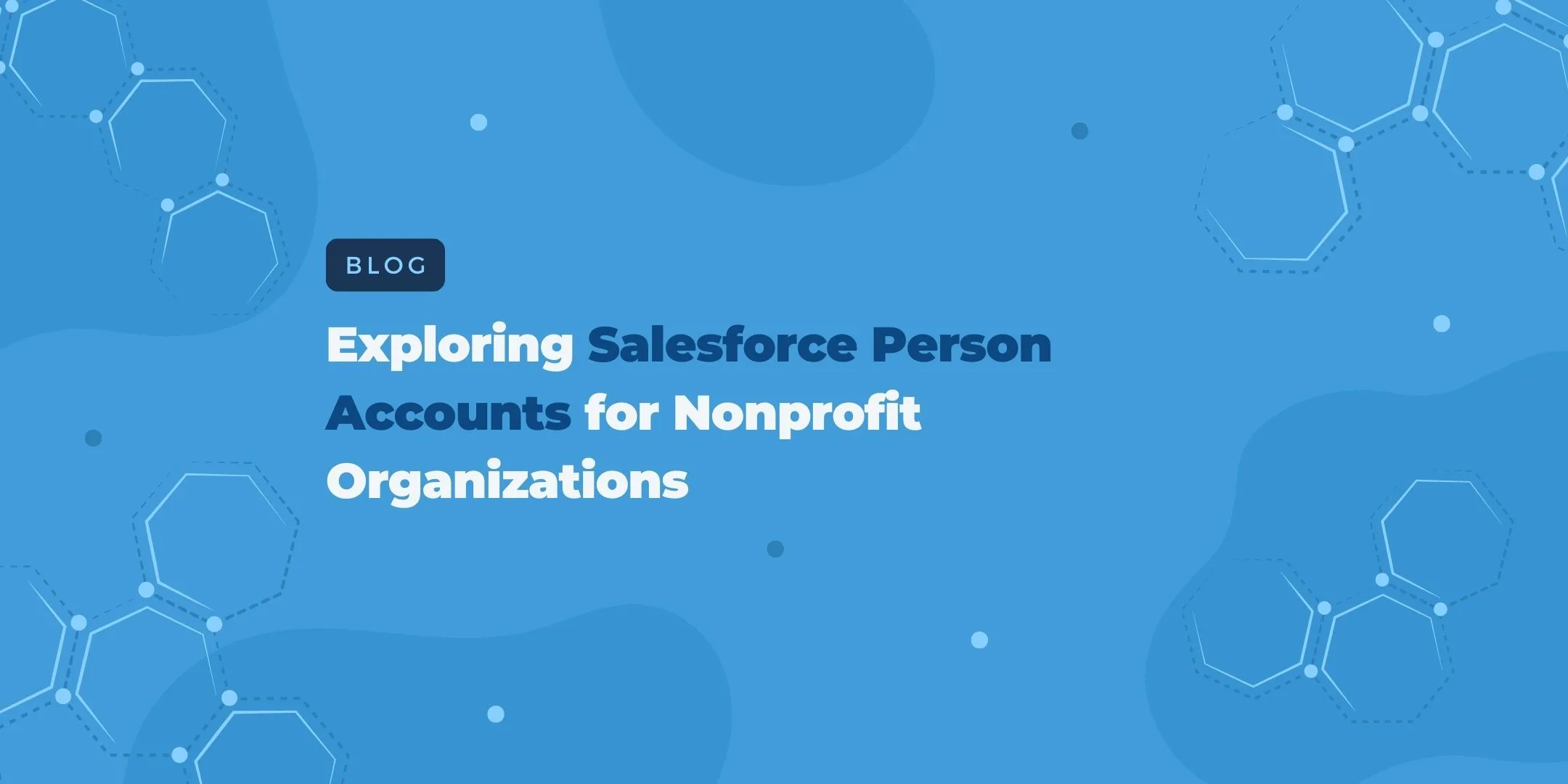
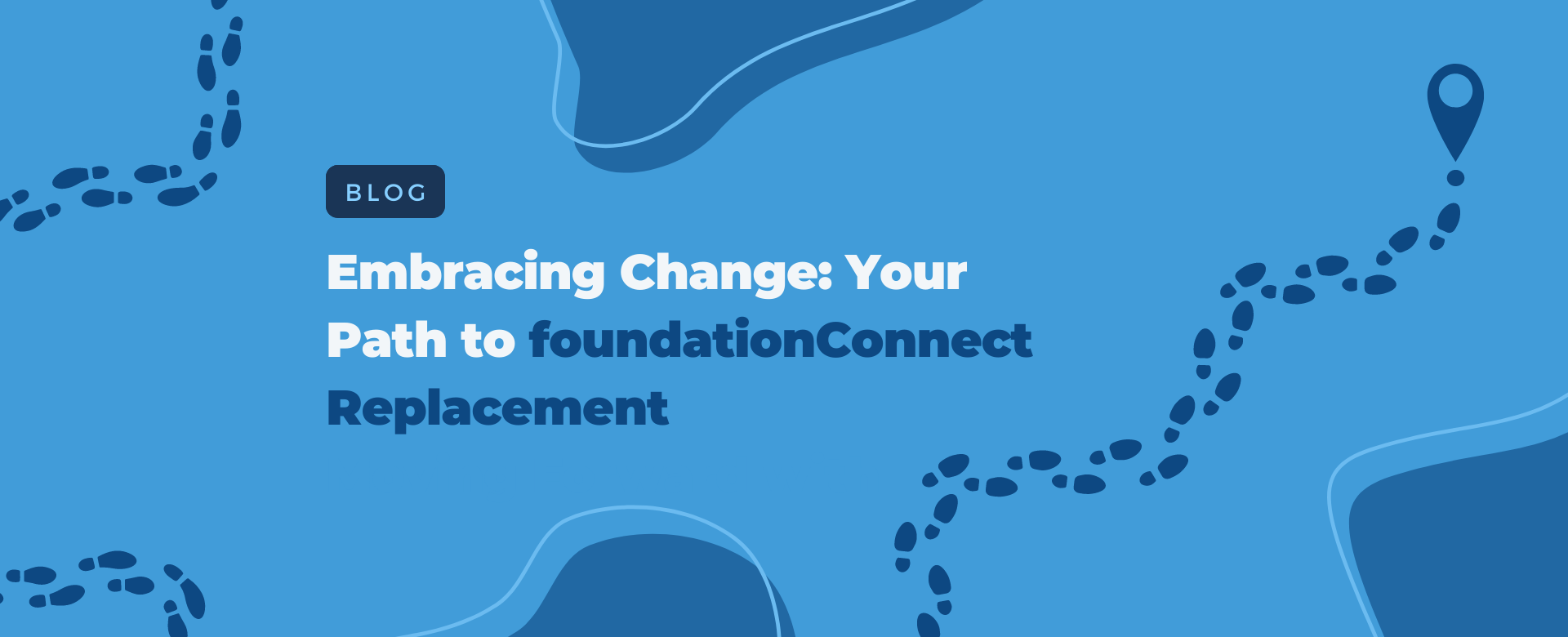
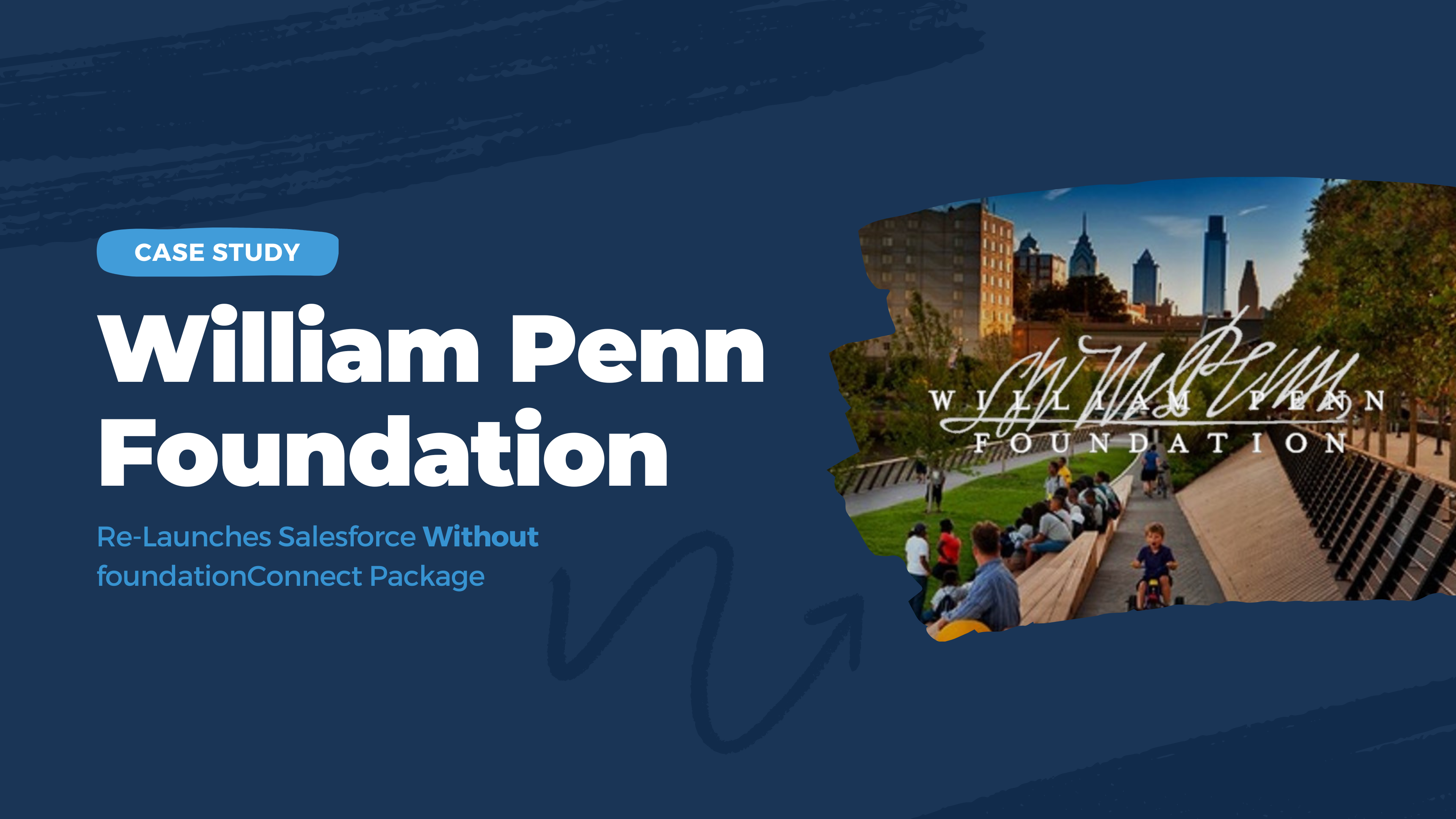

 Images from
Images from 